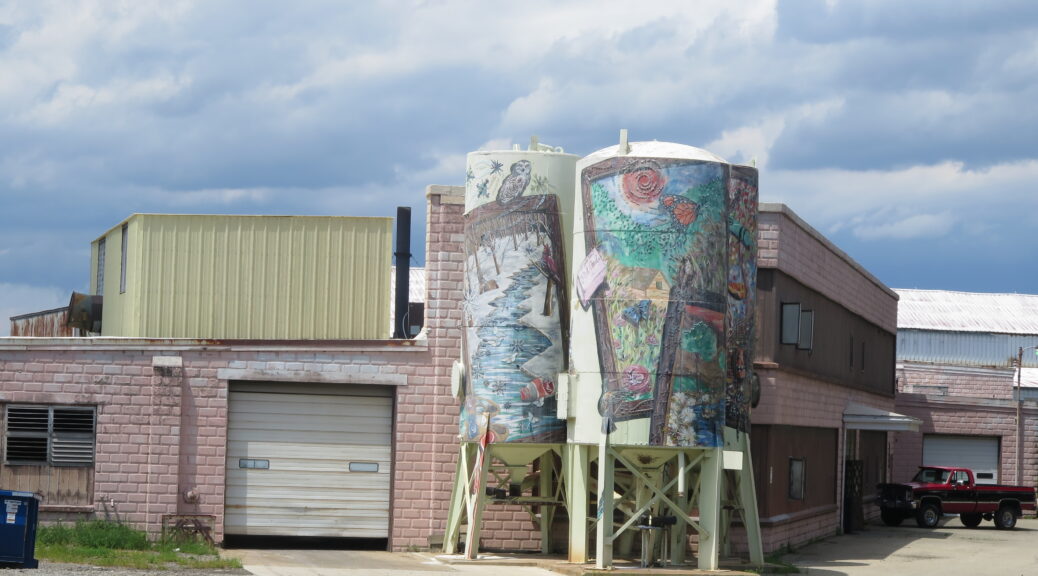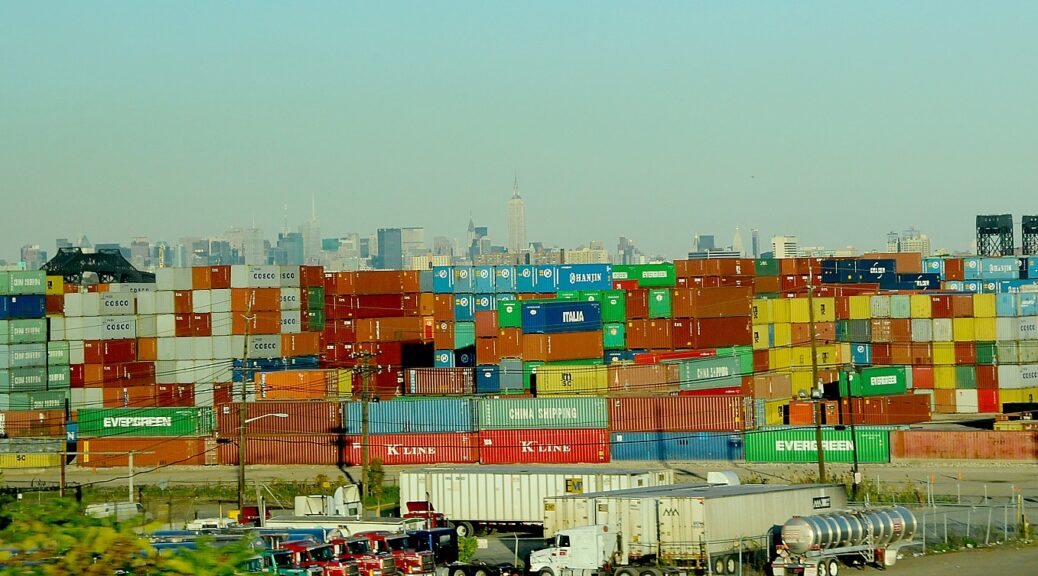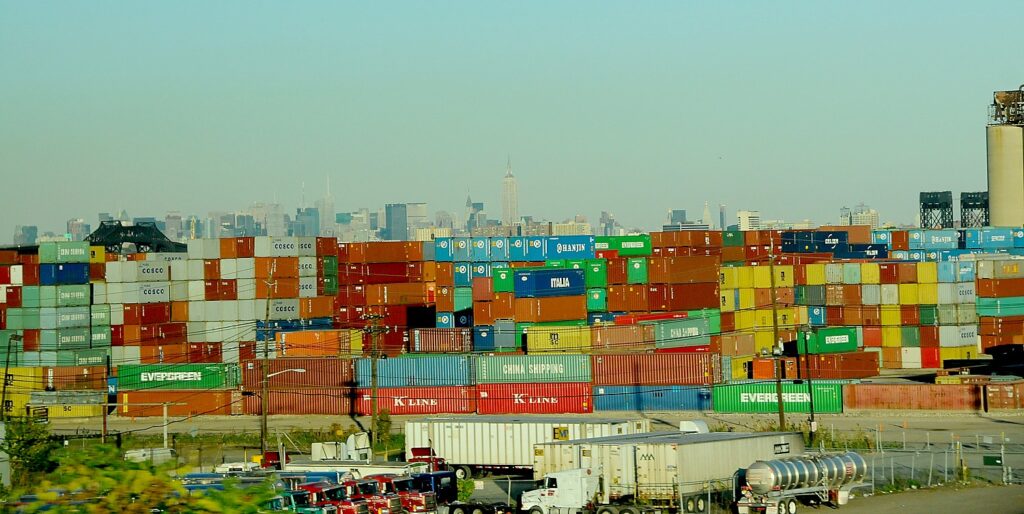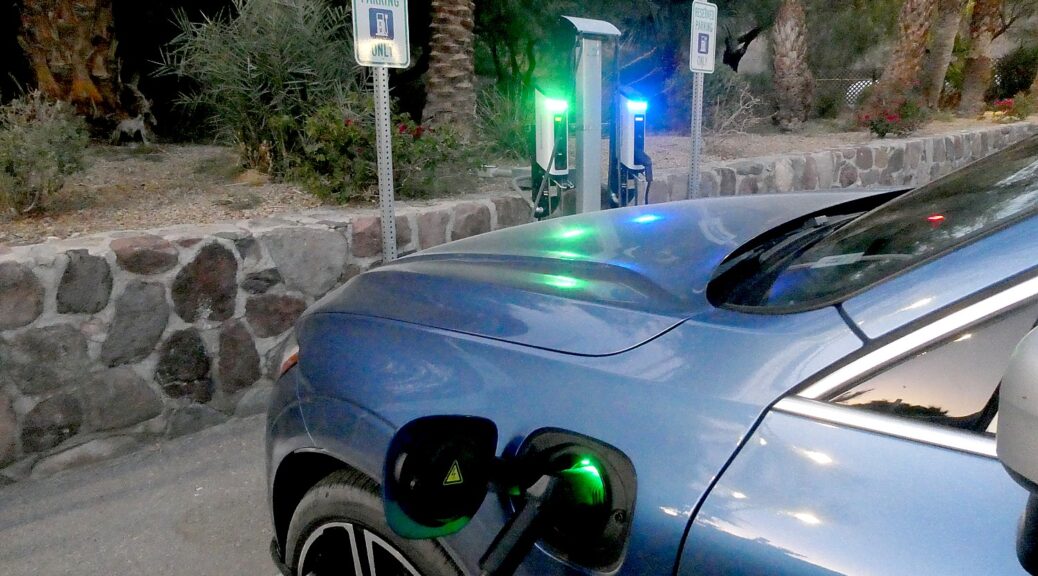White House “Buy Clean” Convening Spurs New Commitments to Reduce Industrial Emissions and Support Made in America Steel, Concrete and More
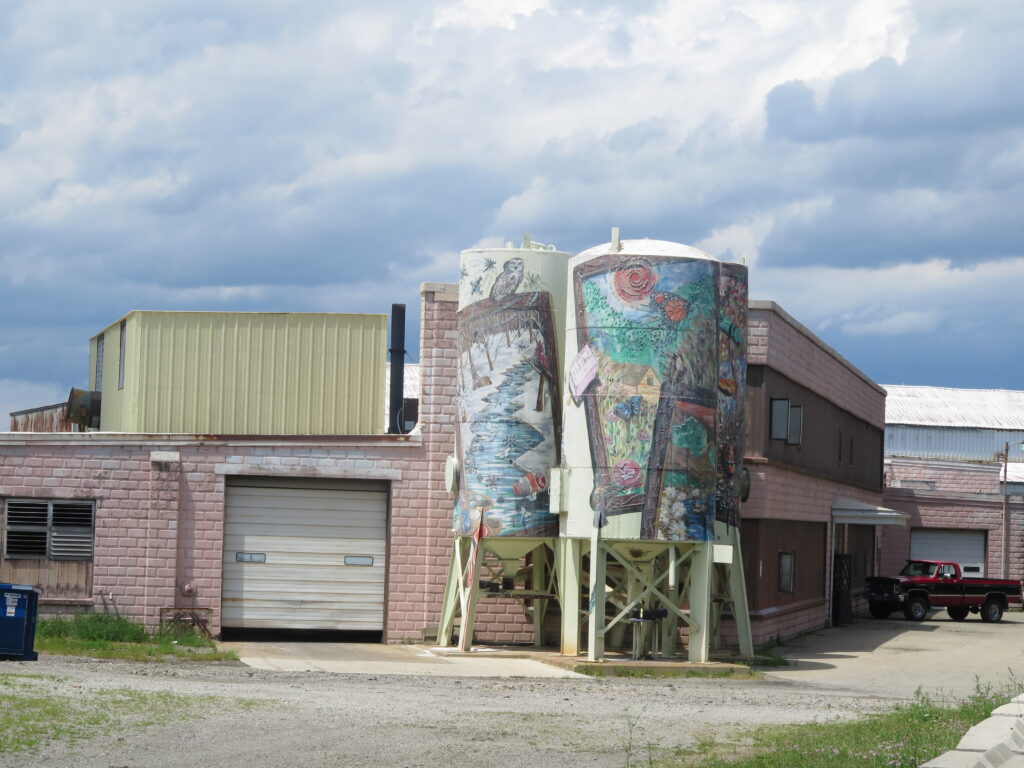
At a White House convening, National Climate Advisor Ali Zaidi and Council on Environmental Quality Chair Brenda Mallory joined state leaders to share knowledge and discussed opportunities to collaborate on expanding the purchase of lower-carbon materials made by American workers. Ahead of this convening, the Biden-Harris Administration announced a new set of public and private sector commitments aligned with President Biden’s Federal Buy Clean Initiative, which leverages the Federal Government’s power as the largest purchaser in the world to advance low-carbon construction materials across its procurement and funded infrastructure projects.
President Biden has ushered in an American manufacturing boom, with nearly 700,000 manufacturing jobs added during his Administration so far. Through the Bipartisan Infrastructure Law and the Inflation Reduction Act, the President secured historic investments to upgrade our nation’s infrastructure and grow our clean energy economy. By leveraging the U.S. Government’s purchasing power, President Biden is catalyzing markets and positioning American manufacturing to compete and lead.
Partnerships between state, Tribal, regional, local and industry leaders are critical to ensure that Buy Clean investments in clean manufacturing and climate-resilient infrastructure benefit all Americans across the country. President Biden’s Action Plan to Accelerate Infrastructure recognizes that over 90% of Bipartisan Infrastructure Law funding is delivered by non-federal agencies, underscoring the need for strong partnerships across public and private sectors. Building on recent Administration announcements through the Federal Buy Clean Initiative, today’s actions to create more good-paying manufacturing jobs while tackling the climate crisis include:
- New Federal Support: Federal agencies are supporting Buy Clean through new nationwide programs. The Department of Transportation is announcing that 25 states will receive the first Federal Highway Administration Climate Challenge grants to support sustainable pavements. The Department of Energy will coordinate Inflation Reduction Act funds for an Advanced Industrial Facilities Deployment Program. This will help industrial facilities retrofit, upgrade, or install industrial technologies and produce low-carbon materials.
- Private Sector Commitments: Companies are also stepping up and announcing new support for Buy Clean initiatives. Major manufacturers are committing to boost the supply of clean products made in America. Across the industrial sector, 60 companies have joined the Better Climate Challenge where they’ve committed to reducing portfolio-wide greenhouse gas (GHG) emissions by at least 50% by 2030. At the same time, leading businesses are using their engineering, design and purchasing power to drive the demand for low-carbon construction materials.
- State and Local Action: Leaders from 20 states will join today’s White House convening to share knowledge and discuss opportunities for collaboration and alignment between State Buy Clean efforts and the Federal Buy Clean Initiative. Cities are also harnessing their purchasing power through public works projects to shift the construction industry toward a cleaner future. Through initiatives like the C40 Clean Construction Accelerator and the Clean Construction Action Coalition, cities and industry leaders are working together to achieve thriving, resilient, and healthy communities—especially for the most vulnerable and historically-marginalized neighborhoods.
NEW FEDERAL SUPPORT
In September, the Biden-Harris Administration announced a major set of Buy Clean initiatives, including a policy to prioritize the Federal Government’s purchase of steel, concrete, asphalt, and flat glass that have lower embodied emissions across their lifecycle—including manufacturing, transportation, installation, maintenance, and disposal. These construction materials account for nearly half of all GHG emissions from U.S. manufacturing.
New actions from across the Biden-Harris Administration announced today include:
- The Department of Transportation’s (DOT) Federal Highway Administration (FHWA) is announcing grants for 25 State Departments of Transportation through the Climate Challenge to reduce GHG emissions in highway projects through the use of sustainable construction materials. It also supports the new Carbon Reduction Program (CRP) announced earlier this year that unlocks $6.4 billion in formula funding for states and localities over five years to develop carbon reduction strategies and address the climate crisis.
- The Department of Energy (DOE), through the Better Climate Challenge, is partnering with organizations across the U.S. economy to set ambitious goals for reducing their carbon emissions, and to share real world strategies to decarbonize buildings and plants. Since the passage of the Inflation Reduction Act, three new industrial firms–Metal Technologies, Inc, Intertape Polymer Group, and Bentley Mills–have joined the Better Climate Challenge. Cleveland-Cliffs is the first American steel producer to participate in the Challenge, and represents the largest industrial energy user in DOE’s Better Plants program. DOE also recently launched the Industrial Heat Shot™ to develop cost-competitive solutions for industrial heating processes, used to make everything from food to cement and steel. The effort aims to not only realize at least 85% lower greenhouse gas emissions by 2035, but also support DOE’s Industrial Decarbonization Roadmap to reduce industrial emissions while benefitting workers and revitalizing communities.
- The Environmental Protection Agency (EPA) is kicking off a series of stakeholder engagement sessions to help shape $350 million in new grants, technical assistance, and tools from the Inflation Reduction Act to lower GHG emissions in construction materials. EPA’s ENERGY STAR Industrial Partnership is also helping over 800 manufacturing companies improve energy efficiency in manufacturing plants. Industrial energy efficiency can provide over 30% of the emission reductions needed from the industrial sector in 2050.
- The General Services Administration (GSA) recently issued a Clean Construction Materials Request for Information to gather input from industry partners on the availability of domestically-manufactured, locally sourced, and low-carbon construction materials. This feedback will help inform $2.15 billion in Inflation Reduction Act funding for federal procurement of lower-carbon materials and products containing steel, concrete, flat glass, asphalt, and potentially other construction materials used in nationwide federal construction, modernization, and paving projects.
- The Department of Housing and Urban Development (HUD) is designing a new program supported by the Inflation Reduction Act. The Green and Resilient Retrofit Program will make funding available to support energy and water efficiency retrofits, make use of clean energy and energy storage, promote building electricity, and increase climate resilience for HUD-assisted multifamily properties. HUD has released a Request for Information to assess program design and uses for project funding and/or financing, including low-emission building materials or processes.
PRIVATE SECTOR COMMITMENTS
Concrete and steel are the most widely used construction materials in the world. Each year, more than four billion tons of cement are produced, accounting for around 8% of global GHG emissions, all of which occur well before a concrete truck arrives on a job site. Federal, state, and local governments purchase about half of concrete poured and cast in the United States; the other half is purchased by the private sector. Strong partners in the manufacturing sector are innovating and investing in scaling up production of lower-carbon materials. At the same time, design, architecture and engineering firms are integrating cleaner materials into project designs, and major corporate purchasers are sending clear demand signals. Together, we can grow clean manufacturing jobs and reach net zero emissions:
- General Motors will join the First Movers Coalition, the public-private partnership that intends to help commercialize zero-carbon technologies by harnessing purchasing power. General Motors joins the coalition as a member of the concrete sector, with an ambitious pledge to purchase at least 10% (by volume) near-zero concrete by 2030 and beyond.
- Starbucks commits to reduce carbon emissions in its direct operations and supply chain 50% by 2030, including advancing measurement and reductions in embodied and lifecycle carbon for its equipment and building materials. Through the Greener Stores program, it has launched an open-source educational series, with actions that can be taken to support reductions in carbon, water and waste—including sourcing sustainable materials.
- Lehigh Hanson, one of North America’s leading producers of cement, concrete and aggregate construction materials, commits to transforming concrete to carbon neutral by 2050, and to generating as much as 50% of revenues from sustainable products by 2030. This will be driven with product transparency and innovation in the manufacturing process and substantial CO2 reduction in its construction products.
- Central Concrete, a subsidiary of Vulcan Materials Company, the nation’s largest producer of construction aggregates, is collaborating on Buy Clean by continuing to develop mixes and evaluate technologies that reduce greenhouse gas emissions associated with concrete production, and to partner with local governments on the development of low-carbon building specifications. The company has a proven track record of reducing carbon in concrete by up to 50%.
- National Grid commits to work with suppliers to set carbon reduction targets that support net zero, including engaging its most carbon-intensive suppliers through CDP. National Grid will advance these and other priorities within the Federal Buy Clean Initiative.
- Perkins&Will, the second-largest architecture firm in the world, commits to reducing embodied and operational carbon in the buildings and places it designs. The firm uses tools like the Embodied Carbon Calculator (EC3) and Environmental Product Declarations (EPDs) to reduce embodied carbon by 30% or more.
- Organizations such as Breakthrough Energy, Meta, and Baker Concrete Construction are teaming up through the NEU Center to scale low carbon concrete solutions. The Center will drive adoption of innovative materials and technologies entering the marketplace.
- The American Society of Civil Engineers’ Structural Engineering Institute’s “SE 2050” commits to achieving net zero embodied carbon structural systems by 2050. As of today, the program has 98 structural firms signed onto the commitment across 29 states and the District of Columbia.
- Through “MEP 2040” over 50 Mechanical, Electrical and Plumbing (MEP) systems engineer and designer firms commit to achieve net zero carbon in their projects: operational carbon by 2030 and embodied carbon by 2040. Signatories request EPDs in project specifications for all building systems.
- Clean Energy Buyers Institute (CEBI) has launched the Decarbonizing Industrial Supply Chain Energy (DISC-e) program to harness the collective power of large consumers to accelerate the market for low-carbon industrial commodities that use carbon-free energy throughout the manufacturing supply chain. Lightsource bp is building 2.0 gigawatts of clean energy, representing more than $2.1 billion of investments across America, with a commitment to domestic content and lower embodied carbon. They are driving demand for made-in-America solar manufactured by suppliers with a lower emissions footprint. Avangrid a member of Iberdrola, will support the group’s global commitment of specifying 100% net zero steel by 2050 and 50% by 2030.
- Arup, a leading global engineering and design firm, commits to lifecycle carbon assessments for all buildings projects, and will help the sector to reach net zero by 2050.
- Carbon Leadership Forum announces 20 embodied carbon Regional Hubs across 16 states. Strong collaborations with building designers and policymakers have supported their Embodied Carbon educational series and the development of a pilot national database of whole building life cycle analysis models to set ambitious carbon-reduction targets and incentivize high-impact reduction strategies.
- Lendlease and Robert Bird Group join the Climate Group’s ConcreteZero initiative today, committing to specify, buy and use 100% net zero concrete by 2040 and 2050 respectively, with two ambitious interim targets of using 30% low emission concrete by 2025 and 50% by 2030. Together, these global businesses send a strong demand signal for sustainably produced concrete to the U.S. market.
- SSAB Americas commits to producing steel with zero emissions in the United States as early as 2023 (in limited quantities). And today, through the installation of an onsite, renewable fuel storage and supply system, SSAB is embracing emerging technologies that help put the steel industry on the path to be carbon-neutral by 2050.

